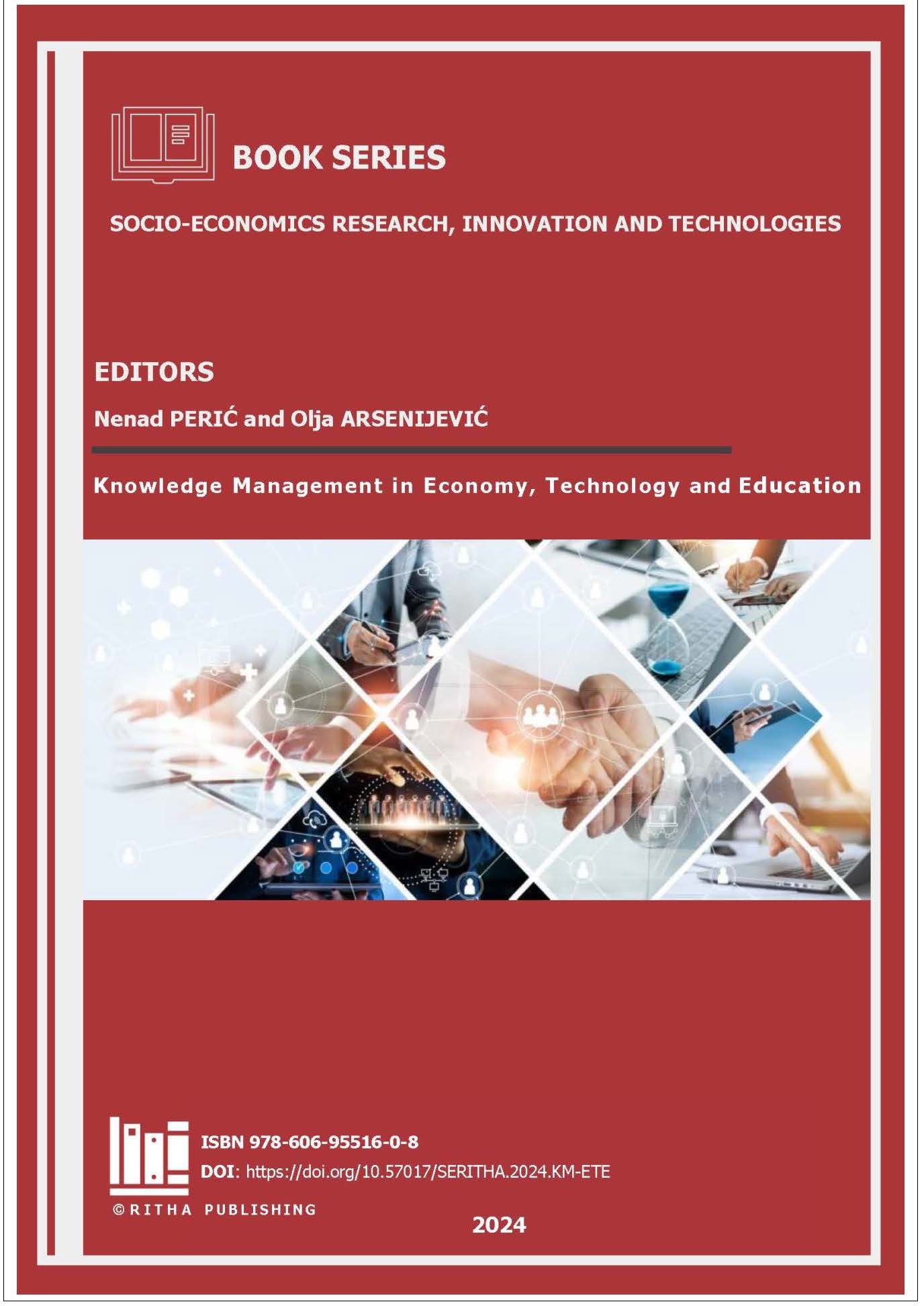
The geography of consumer goods logistics in Poland—a diagnosis of the period since the COVID-19 pandemic
Purpose: The aim of the work is to find answers to four research questions. What is the geography of: 1) consumer goods production centers in Poland? 2) centers of consumption of consumer goods in Poland? 3) transport corridors used to move consumer goods? 4) what is the location system of logistics hubs supporting the movement of goods? Design/methodology/approach: The study used quantitative data mainly from public statistics Statistics Poland—LOCAL DATA BANK, supplemented with information from consulting companies on the logistics real estate market. The analysed locations are urban complexes. The time scope of the study covers the year: 2020 to indicate GDP and average expenditure per person; 2021 for the number and size of logistics facilities. The analysis used: desk research, web research, simple statistical indicators, cartographic methods and deductive logical reasoning. Findings: As the analysis shows, there are very large economic inequalities in Poland, which are deepened by the concentration of production. The best developed regions are voivode shipswith the greatest socio-economic potential concentrated in its main center, i.e. in the agglomerations of Warsaw, Poznań, Wrocław, Kraków, Łódź, Tricity and the Silesian conurbation.The share in consumption of the seven largest urbanised areas in Poland is 41.8%, which is much less than the total share in GDP generation (50.8%). The activities of production centers are closely related to broadly understood warehouse management. Originality and value: The existing spatial economic and demographic pattern influenced the formation of consumption centres. The share of the designated 16 metropolitan centres in household expenditure was 57.0%, correspondingly less than GDP (65.6%). The factors determining the location of major hubs are primarily: geographical location near the urban agglomeration, transport accessibility, which is determined by the transport infrastructure (road and rail, but also proximity to airports and seaports) and the absorptive capacity of the local market in terms of the services offered.
More...







